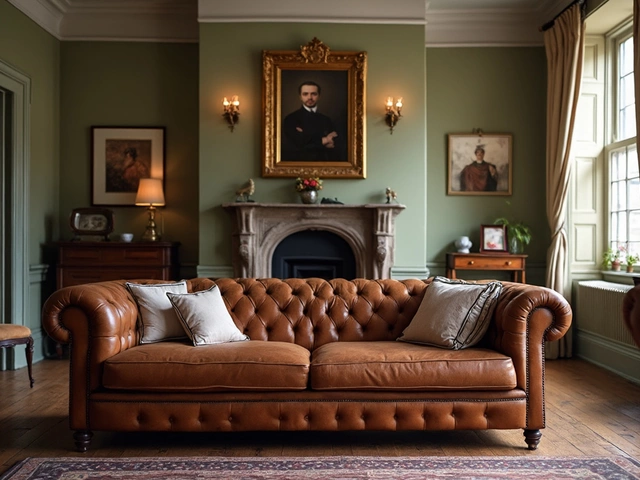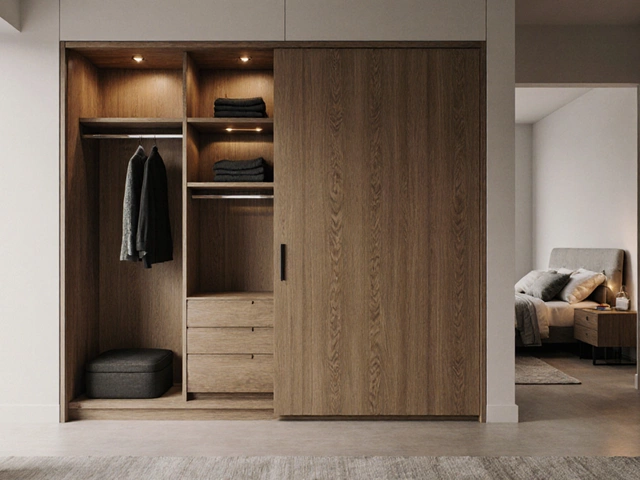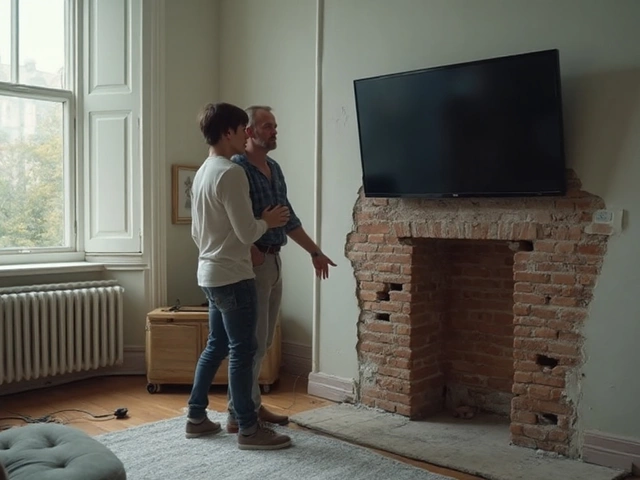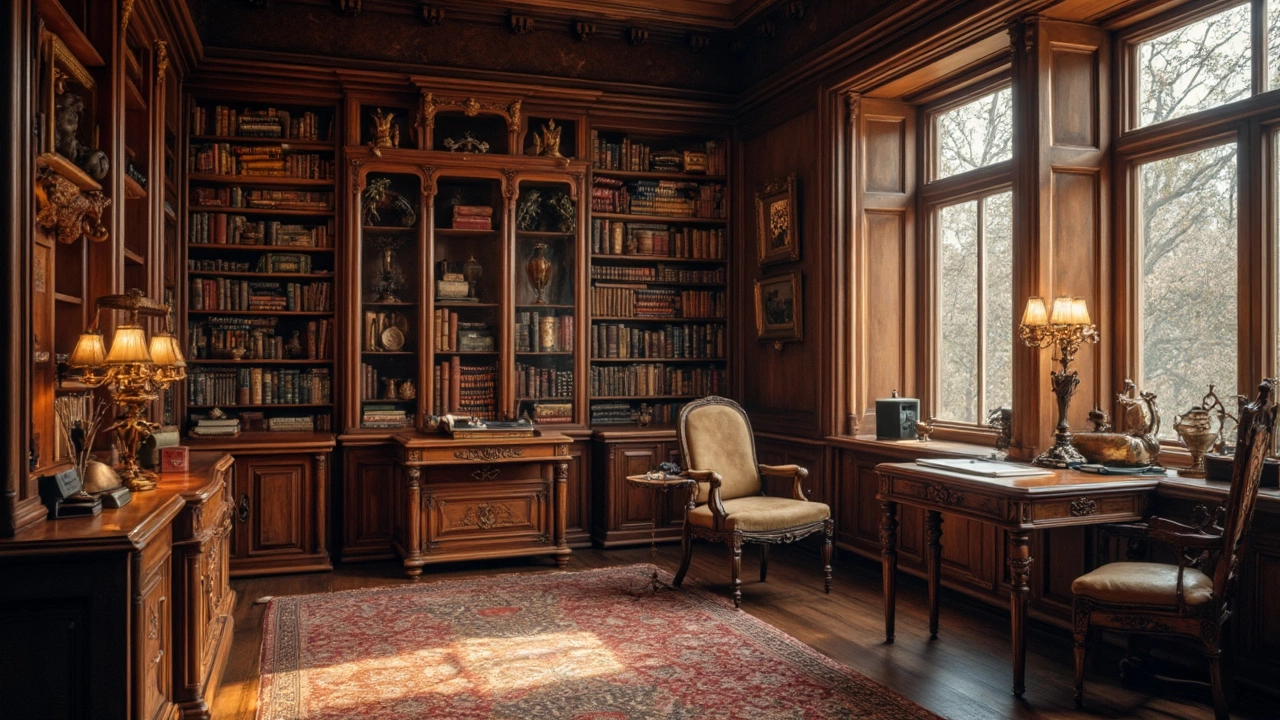 6
Feb,2025
6
Feb,2025
Wood furniture can be a blessing and a curse when it comes to storage. Sure, it looks stunning and boasts durability, but it's also sensitive to changes in its environment. Ever wondered why grandma's wooden dining set looks pristine while yours ends up with unwelcome surprises after just a few months in the unit? Let's break it down.
First off, wood is like a sponge—it soaks up moisture from the air. This might sound harmless, but it can have serious repercussions. With too much humidity, your furniture may warp or swell. On the flip side, if it's too dry, you could end up with cracks and splits. Neither outcome is ideal when you're trying to keep your pieces in tip-top shape.
You might be asking, 'Is there a way to store my stuff without turning it into Swiss cheese or a warped art piece?' The answer is yes, and it involves a few solid strategies. Start by choosing a storage space with climate control. These units maintain a consistent temperature and humidity level, which is essential for wood longevity.
Before you tuck that furniture away, don’t forget to prep it. Clean each piece thoroughly to remove dust and grime. A layer of quality furniture polish or wax can act as a barrier, offering some protection against environmental changes. Additionally, covering your furniture with breathable materials like cotton sheets or blankets can help shield it from dust while keeping moisture at bay.
- Understanding Wood and Environmental Impact
- Effects of Humidity and Temperature
- Preparing Furniture for Storage
- Best Practices for Protecting Wood
- Knowing When to Seek Professional Help
Understanding Wood and Environmental Impact
Wood is a fascinating material, mainly because it's so in tune with its environment. Think about it, wood once lived as a tree, breathing through the pores which are still active even when it's in the form of a table or chair. That's why environmental changes easily affect wood furniture.
Why Wood Reacts to Environmental Changes
A quick science lesson: Wood has fibers that react with the atmosphere. When the air is humid, these fibers absorb moisture and swell. When it's dry, they lose moisture and shrink. This constant change can lead to annoying things like warping or cracking, which you definitely want to avoid during storage.
Temperature Matters Too
It's not just the humidity that messes with wood. Temperature swings can cause trouble too. Extreme cold or heat can stress the wood, putting it under pressure that leads to structural changes. You wouldn't want your grandmother's antique rocking chair to fall apart just because it got too cold in the storage unit over the winter, right?
The Balance Point
So, what's the sweet spot for keeping stored wood furniture safe? Ideally, you want a place that maintains a temperature of around 20°C (68°F) and a relative humidity of 40-55%. Achieving this can be tough without a climate-controlled storage unit, but it's definitely something worth considering.
The Consequences of Neglect
It's tempting to just shove furniture in a garage, but ignoring these factors could lead to irreversible damage over time. Mold is another enemy that thrives in poorly ventilated and damp conditions, leaving your treasured pieces with unsightly marks.
Some Data to Ponder
| Condition | Relative Humidity (%) |
|---|---|
| Optimal for Wood | 40-55% |
| Warping Risk | Above 60% |
| Cracking Risk | Below 30% |
Few people realize how sensitive wood can be, but a bit of planning can prevent a lot of pain. Knowing how wood reacts to its surroundings is crucial when you're thinking about storing that beautiful oak table or walnut dresser.
Effects of Humidity and Temperature
When it comes to storing wood furniture, understanding the effects of humidity and temperature is key. Wood reacts to its environment much like a sponge—constantly absorbing and losing moisture. This can lead to significant changes in its structure and appearance.
How Humidity Impacts Wood
High humidity levels cause wood to absorb moisture, leading the material to expand. Prolonged exposure can result in warping, swelling, and even mold growth. On the other hand, low humidity can pull moisture out of the wood, causing it to contract and eventually crack. Neither scenario is great, right?
"Wood is an organic material that will acclimate to its environment, absorbing or releasing moisture to achieve a balance with its surroundings." - Dr. Steven Smith, Environmental Wood Specialist
Temperature Fluctuations
Temperature isn't just a number on a thermostat; it greatly affects wood's condition during storage. Extreme heat can dry out wood, leading to splits and breaks. Cold temperatures can make it brittle and susceptible to damage. This is why you often see splitting and peeling on wood that hasn't been stored properly.
The Role of Climate-Controlled Storage
To avoid these issues, opting for climate-controlled storage for your furniture protection is a wise choice. These facilities help maintain steady temperature and humidity levels, preventing your pieces from experiencing the damaging effects of environmental stress.
- Keep humidity levels around 35-55% to avoid drying and swelling.
- Maintain a consistent temperature between 15°C and 25°C.
Maintaining this delicate balance ensures that your cherished pieces come out of storage in the same condition you put them in. That way, your treasured heirloom or beloved antique remains in prime shape for future use.

Preparing Furniture for Storage
When it comes to storing your wood furniture, a little preparation can go a long way in keeping your pieces in stellar condition. Here’s a simple guide to ensure your treasured items withstand the hurdles of storage.
1. Thorough Cleaning
First things first, give your furniture a good clean. Dust and dirt can become surprisingly problematic over time. Use a mild soap and water for a gentle cleanse, but make sure to dry everything thoroughly. Moisture left behind can lead to mold, which nobody wants.
2. Protect with Polish
Once everything’s spotless, consider polishing your wooden furniture. A good polish not only makes the piece shine but also provides a protective layer that helps shield against environmental changes. Look for a product containing natural oils that nourish the wood—keeping it in prime condition.
3. Disassemble What You Can
If possible, take apart any pieces that can be safely disassembled, like table legs or bed frames. This not only helps distribute weight evenly, preventing stress and potential warping, but can also save space. Make sure to keep all screws and small parts in a labeled bag so nothing gets lost.
4. Use Breathable Covers
Skip the plastic wrap, which can trap moisture, and opt for breathable materials like cotton sheets or soft blankets to cover your furniture. These allow air circulation while keeping dust and debris at bay—offering a layer of protection without suffocating the wood.
5. Climate Control Considerations
As mentioned before, climate control is critical for wood preservation. If your facility offers it, invest in a storage unit that maintains stable temperatures and humidity. Wood reacts to fluctuations, so steadiness is key to maintaining integrity.
6. Mindful Arrangement
When placing your furniture in storage, keep items off the ground. A simple pallet or durable plastic sheet can prevent moisture transfer from the floor. Arrange heavier pieces on the bottom with lighter ones on top to avoid unnecessary pressure that could lead to damage.
Best Practices for Protecting Wood
Keeping your wood furniture safe in storage requires a bit of planning and effort, but it's definitely worth the peace of mind. Let's dive into some best practices for making sure your pieces come out looking as good as when they went in.
Climate Control is Key
One of the simplest yet most effective ways to protect your wood furniture is by investing in a climate-controlled storage unit. These units maintain a steady temperature and humidity level, preventing the damaging effects of moisture and dryness. Aim for a temperature between 55-80 degrees Fahrenheit and a humidity level of around 40-60%.
Proper Cleaning and Maintenance
Before storing, make sure to clean and polish your furniture. This removes any dirt or grime that could scratch surfaces over time. Use a soft cloth and mild detergent, then apply a coat of furniture polish or wax. This adds a layer of protection and helps maintain the piece's original shine.
Use the Right Covers
While it might be tempting to just throw a plastic sheet over your furniture, it's better to use breathable materials. Cotton sheets or moving blankets are ideal because they shield from dust but allow air circulation, preventing moisture build-up.
Disassemble When Possible
If your furniture can be taken apart, consider doing so. This reduces the risk of damage during movement and makes it easier to protect each piece individually. Remember to keep all screws and smaller parts in clearly labeled bags.
Watch Out for Pests
Pests can wreak havoc on wood, so it's wise to take preventive measures. Add some pest deterrents, like cedar blocks, inside furniture drawers or around the storage area. Check your storage unit for any entry points and seal them.
Inspect Regularly
If possible, make it a habit to check on your stored furniture now and then. Look for signs of damage or moisture issues. Catching problems early means you can fix them before they cause significant damage.
Protecting your wood furniture in storage doesn't have to be a headache. By following these tips, you can ensure your cherished pieces stay safe and sound until you're ready to bring them back home.
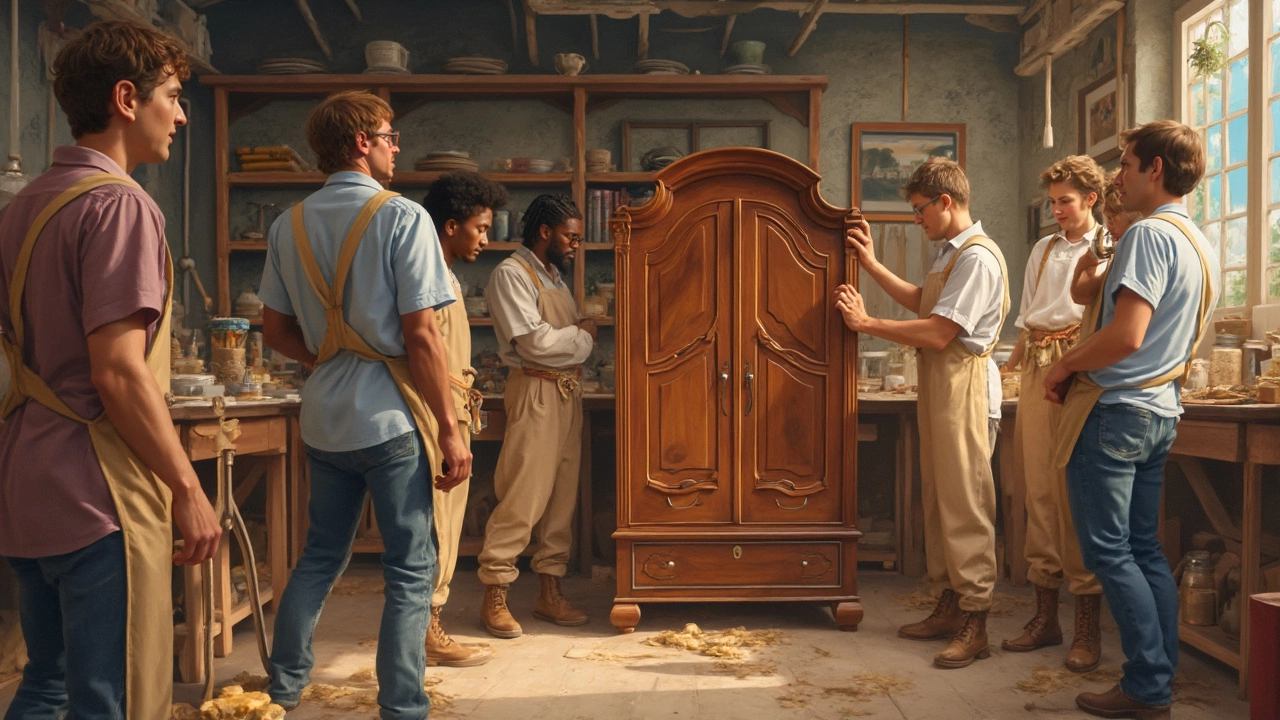
Knowing When to Seek Professional Help
At times, keeping your wood furniture in good shape might require more than a DIY approach. Identifying when it's best to call in the pros can save your pieces from damage and maybe even extend their life. But how do you know when it's time to do that?
Understanding Complex Damage
Look closely at your furniture. Notice any unusual odors, severe warping, or visible mold? If yes, these are clear signs that DIY fixes might not cut it. Professionals have the right tools and know-how to handle deep cleaning, restoration, and repair that average storage enthusiasts might not.
Restoration Expertise
Antiques or those wood pieces with sentimental value deserve the best care. Professionals specializing in restoration will help maintain the furniture's integrity while preserving its durability and appearance. They're well-versed in materials, treatments, and methods tailored to specific wood types—expertise that's worth the investment.
Avoiding Costly Mistakes
Sometimes, a professional touch can prevent small problems from becoming financial burdens. Their intervention might be a smart choice to avoid the costly traps of trial and error.
When Climate Control Isn't Enough
If your storage facility's climate control settings are wacky or unavailable, consider hiring professionals to assess and adjust the environment your furniture needs. Sometimes, the right storage starts with the right space, and pros can offer insights you might overlook.
Remember, it's not just about the here and now—it's about protecting your investment and maintaining the value of your cherished furniture in the long run. Seeking professional help when necessary ensures your wood furniture remains safe and sound, ready to grace your home once again.

